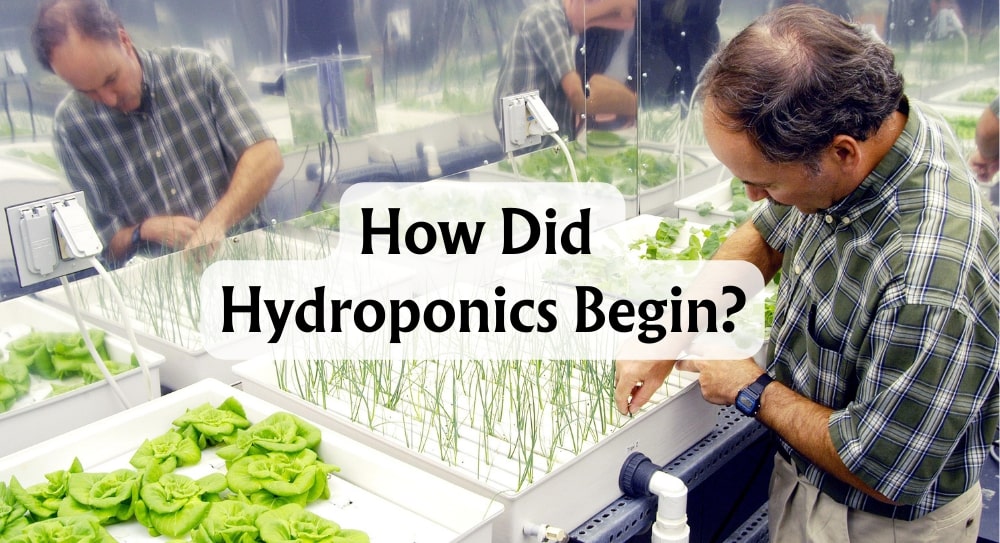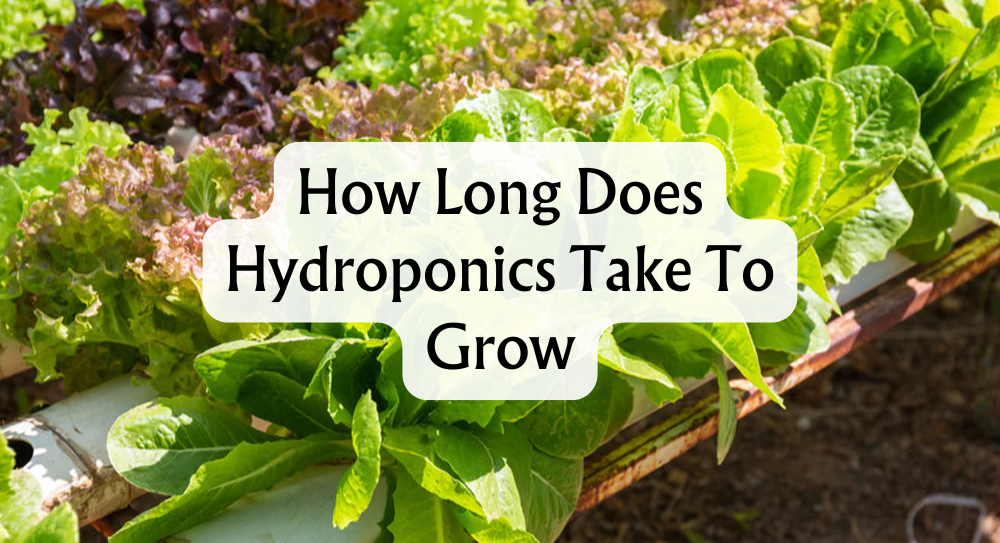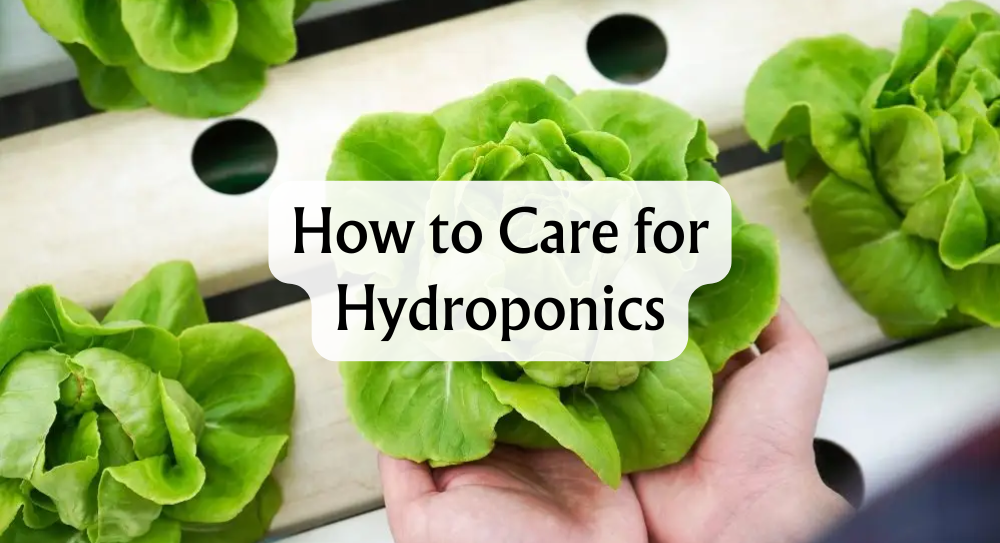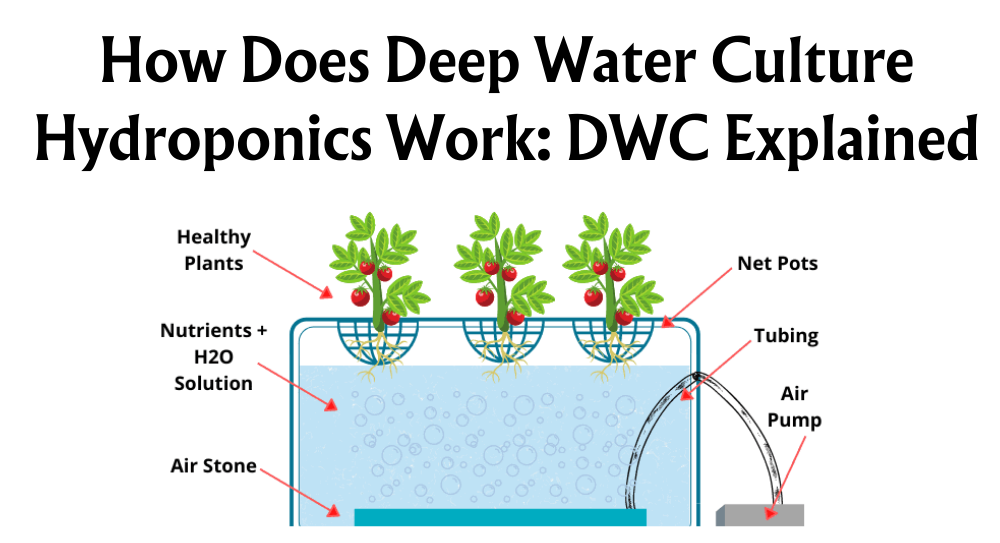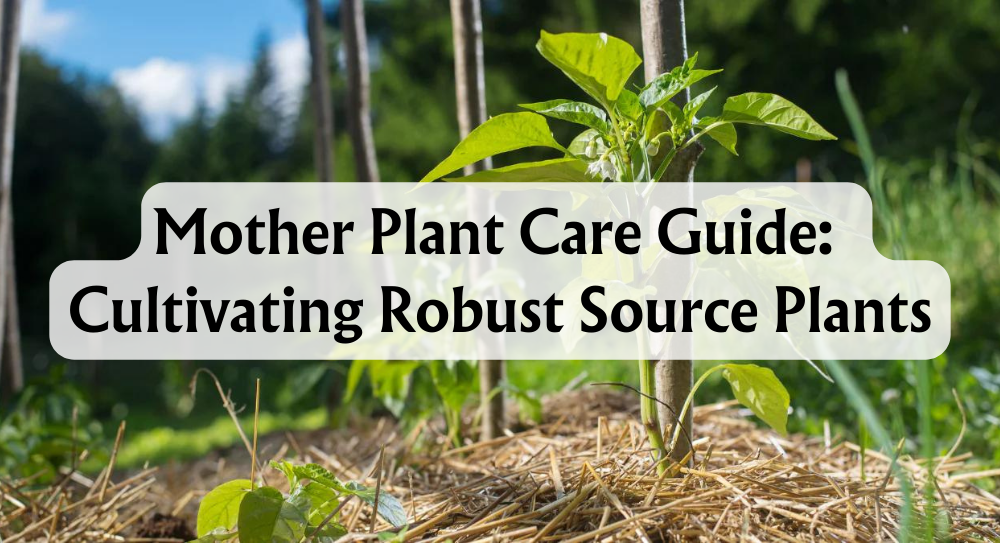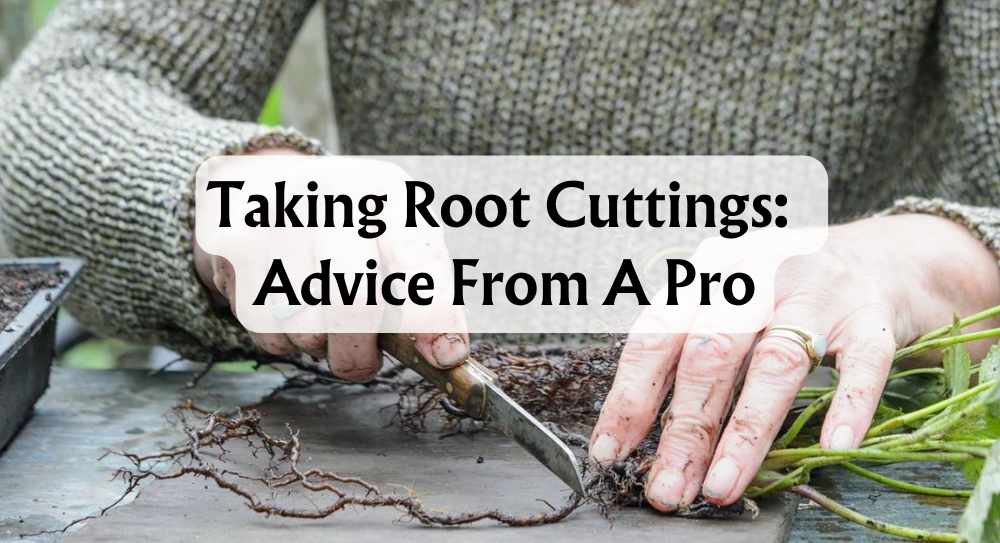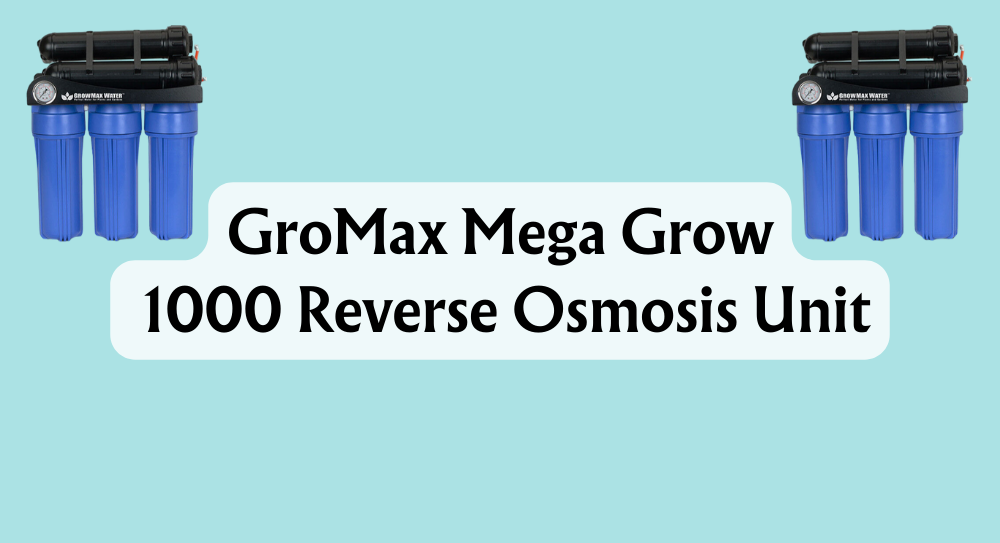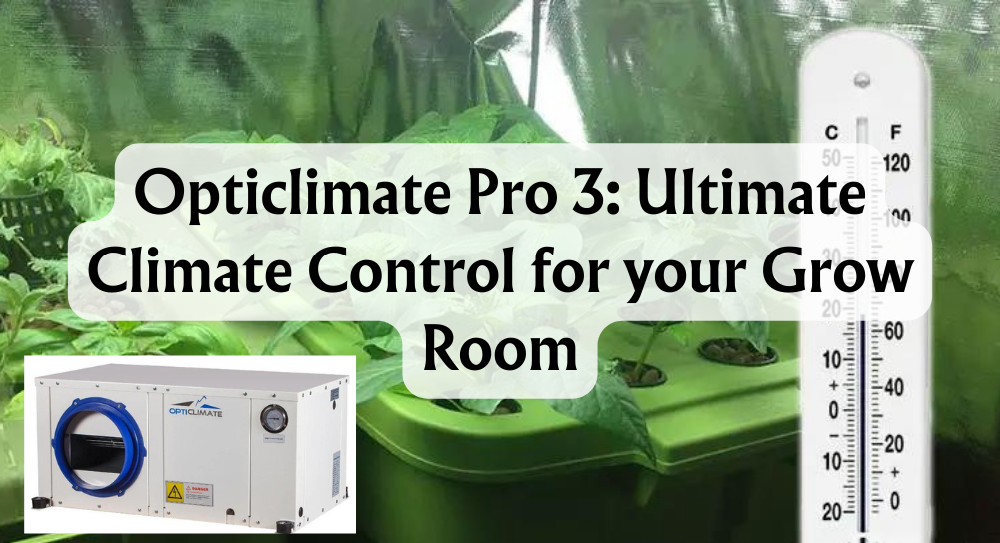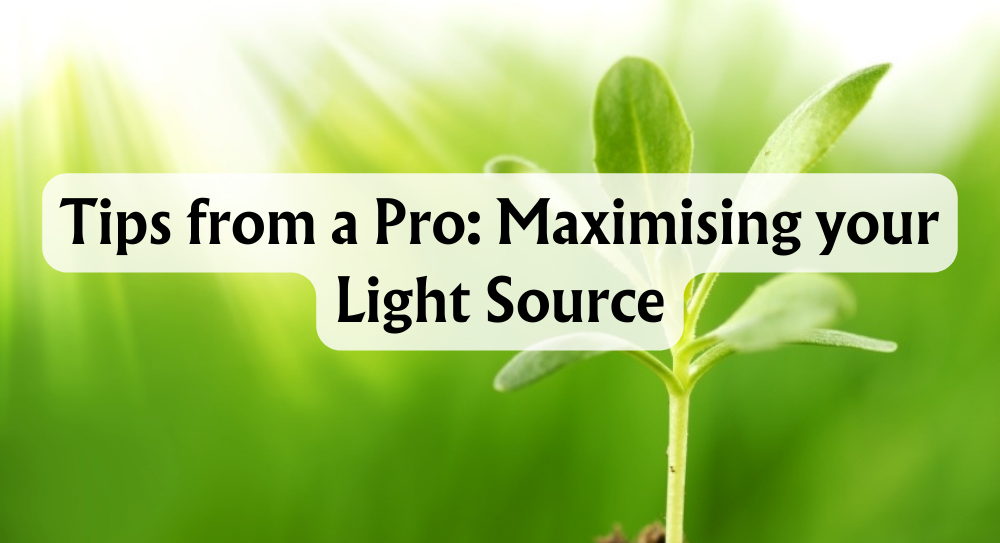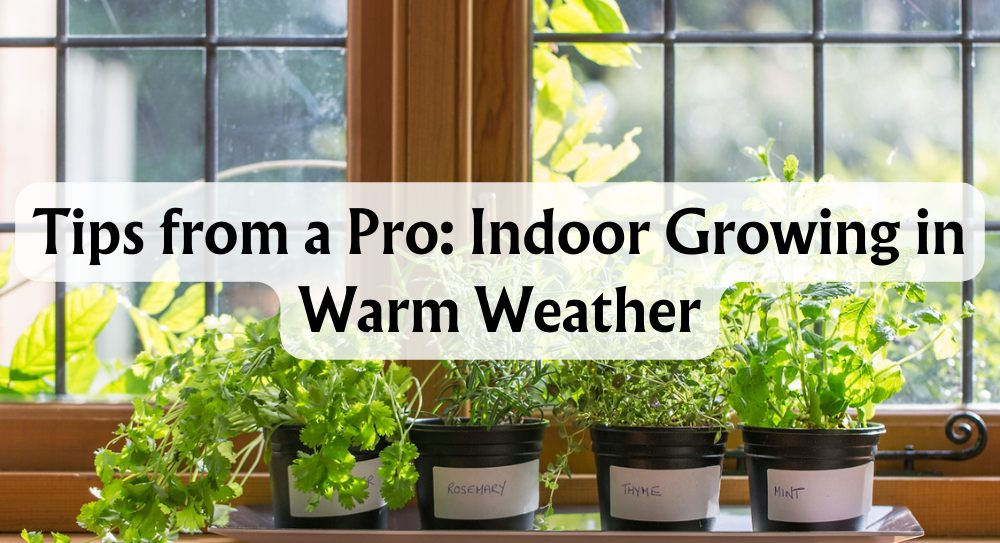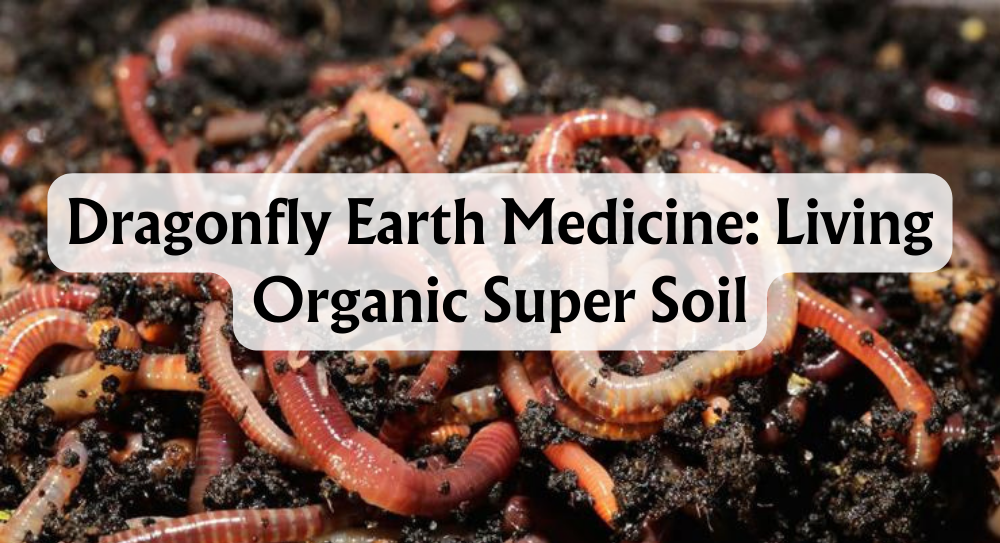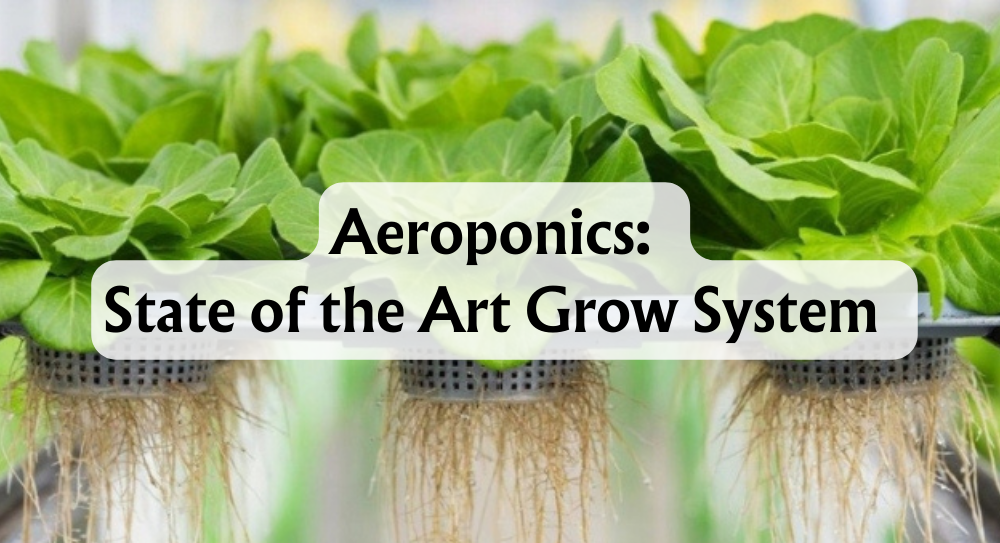How Did Hydroponics Begin?
Hydroponics, the art of growing plants without soil, might sound like a modern marvel, but its roots reach back thousands of years. Dating as far back as 600 B.C., the Hanging Gardens of Babylon are one of the earliest known examples of hydroponic growing. Fast forward to the 10th and 11th centuries, we find the Aztecs revolutionising agriculture with their floating gardens, called chinampas, which allowed them to grow crops on water.
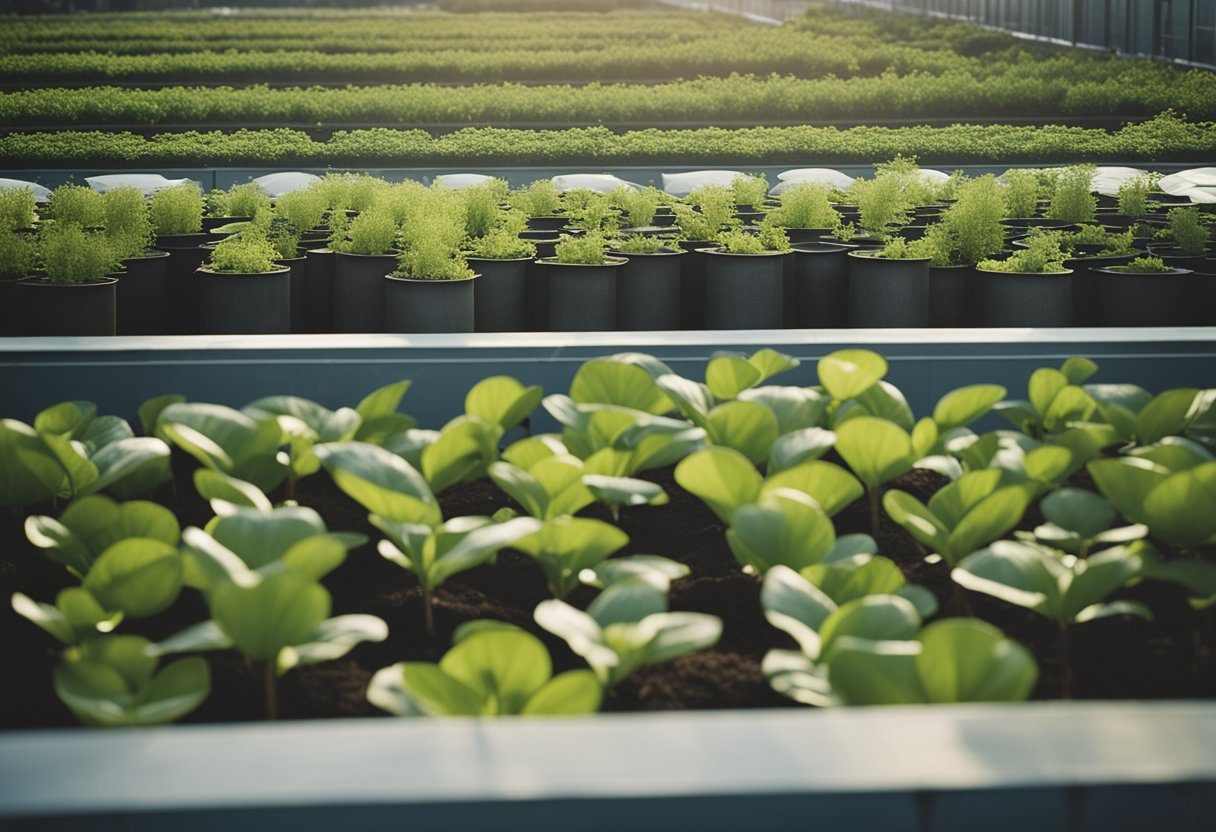
During the 13th century, renowned explorer Marco Polo documented similar practices in China, demonstrating that hydroponic principles were spreading globally. As science progressed, so did our methods. The 1600s marked the birth of plant physiology, and by the 1800s, scientists started laying the groundwork for modern hydroponics. It wasn't until the 1900s, however, that substantial scientific breakthroughs set the stage for practical applications during World War II and commercial expansion in the 1950s.
By the 1960s, hydroponics had already ventured into space, showing its versatility and potential for future farming. Each subsequent decade brought technological advancements, culminating in the current digital revolution of the 2010s. Understanding the history of hydroponics helps us appreciate its vital role in sustainable agriculture today.
Key Takeaways
- Hydroponics dates back to 600 B.C. with the Hanging Gardens of Babylon.
- Modern scientific breakthroughs in the 1900s revolutionised hydroponics.
- Today, hydroponics is pivotal for sustainable and efficient agriculture.
600 B.C. - The Hanging Gardens of Babylon
Ah, the fabled Hanging Gardens of Babylon! Did you know they date back to around 600 B.C.? These gardens are considered one of the Seven Wonders of the Ancient World and were built by King Nebuchadnezzar II. Although their exact location is still debated, the general consensus is Babylon.
Imagine lush terraces filled with blooming flowers, exotic plants, and cascading waterfalls. Sounds like a dream, right? These gardens were not just any ordinary gardens. They might have used early hydroponic-like techniques. Picture plants grown in a nutrient-rich water solution instead of soil, benefiting from water’s properties. It's fascinating to think they were ahead of their time!
Early Hydroponic Techniques
The gardens displayed some interesting methods that we now recognise in hydroponics. For instance, a chain pull system likely lifted water from the Euphrates River to the terraces. This water then trickled down, nourishing each plant along the way.
Significance in Hydroponics History
So, why are the Hanging Gardens significant in the history of hydroponics? They might be one of the earliest examples of hydroponic systems. While debate exists over many specifics, the idea that ancient engineers could grow plants without traditional soil lays intriguing groundwork for modern hydroponics.
It's amazing to think that even in 600 B.C., people were exploring advanced gardening techniques, setting the stage for the sophisticated systems we use today. The Hanging Gardens of Babylon will always be a monumental chapter in the rich history of hydroponics.
10th and 11th Centuries - Aztec Floating Gardens
Let's dive into a fascinating chapter of hydroponics history!
The Aztecs, around the 10th and 11th centuries, truly embraced the art of floating gardens, known as chinampas.
Chinampas were essentially man-made islands used for agriculture. These ingenious structures were constructed in the shallow lakebeds of the Valley of Mexico.
Construction and Cultivation Methods
So, how did the Aztecs build these floating gardens? They started by anchoring rafts made from rushes and reeds into the lake. Then, they piled nutrient-rich soil, sourced from the lake bottom, onto these rafts.
Plants were directly planted into this rich soil. Amazingly, the surrounding water provided a constant source of hydration, eliminating the need for traditional irrigation.
Impact on Local Agriculture and Society
The impact of chinampas on local agriculture was immense. They transformed previously unusable swampy areas into highly productive farmlands. This innovation allowed the Aztecs to grow ample food crops, thereby supporting the booming population of Tenochtitlan, their capital city.
The variety of crops grown included maize, beans, squash, and even flowers! Can you imagine their vibrant markets?
This agricultural method not only boosted food security but also revolutionised farming in the region. It exemplified how necessity drove the Aztecs to adopt and adapt hydroponic techniques.
In short, the chinampas were a brilliant, sustainable solution to feed a growing population, showcasing the ingenuity and resilience of the Aztec civilisation.
13th Century - Marco Polo's Observations
Marco Polo's journey to China in the 13th century brought back fascinating details about agricultural practices. Among these, his observations of hydroponics stood out as particularly intriguing.
He noted the presence of "floating gardens" in Chinese lakes. These gardens were platforms that floated on the water, enabling plants to grow without traditional soil.
While rice production was the primary use, some gardens were also for ornamental purposes. Polo's descriptions shed light on how advanced Chinese agricultural techniques were at the time.
Interestingly, these floating gardens bore similarities to the Aztec chinampas. Although they existed in different cultures and times, both utilised floating platforms for cultivation.
We can't help but marvel at how these early innovations laid the groundwork for modern hydroponics. Such fascinating glimpses into the past help us appreciate the ingenuity of ancient practices.
It's worth noting that these records were among the earliest mentions of hydroponics in historical texts, emphasising their long-standing importance in agriculture.
1600s - The Birth of Plant Physiology
Ever wondered how plant physiology got its start? Let’s jump back to the 1600s, where things got really interesting.
One key figure during this time was Jan Baptist van Helmont, a Belgian chemist. He’s famous for his willow tree experiment.
Van Helmont planted a willow tree in a pot and carefully measured the soil and water components.
Five years later, he noticed the tree had gained a hefty 164 pounds, while the soil weight remained almost unchanged. Surprised? We were too!
This experiment was groundbreaking. It suggested plants could grow without solely relying on soil. Imagine the possibilities!
This discovery marked a pivotal moment. Hence, the 1600s birthed the exploration into how plants thrive, setting the stage for hydroponics.
Scientists began investigating the idea that plants might need only water and nutrients. This was key to future hydroponic endeavours. Looking back, van Helmont’s willow tree stirred countless questions.
Can you imagine the excitement of discovering that soil wasn’t essential?
This realisation led to more experiments. Researchers wanted to pinpoint the exact nutrients plants needed.
We owe a lot to those early thinkers. Their curiosity laid the groundwork for modern soilless cultivation.
In short, this period was crucial. It pushed us to question and explore plant growth mechanisms. Honestly, who would have thought? A simple willow tree experiment opened up a whole new world for us.
That’s why the 1600s hold a special place in the history of plant physiology. Because of these early discoveries, hydroponics could eventually flourish.
If you find this era fascinating, wait and see what the 1800s and beyond have in store!
1800s - Laying the Groundwork
The 1800s laid crucial groundwork for modern hydroponics, setting the stage for future advancements. A key figure was Jean-Baptiste Boussingault, who, in the 1850s, developed nutrient solutions that transformed our approach to plant nutrition. His work highlighted the importance of mineral nutrients, making it easier for us to feed plants directly through water.
Around the same time, Julius von Sachs and Wilhelm Knop conducted significant research in the 1860s. Their exploration of nutrient solutions allowed for more precise control over what plants consumed. Thanks to them, we learned how to optimise plant growth by tweaking nutrient balances.
Another fascinating development came from John Woodward. He created one of the world's first hydroponic nutrient solutions in 1699. Granted, it was before the 1800s, but his findings influenced many researchers in this era.
We also can't forget Sir Francis Bacon. He’s actually from a bit earlier, but his works were still relevant in the 1800s. He kickstarted the concept of growing plants "without soil," which was fundamental to hydroponics.
Then there’s the water culture technique, pursued by various scientists. Imagine, plants growing directly in a nutrient-rich solution without soil! This idea revolutionised agriculture and was a precursor to today's advanced systems.
The invention of nutrient film techniques marked another milestone. This innovation allowed plants’ roots to consistently touch a thin layer of nutrient solution, enhancing nutrient absorption and plant health.
Engaging with these historical figures and their contributions, we can appreciate how the 1800s were vital in laying the groundwork for hydroponics. It’s almost like they passed the baton, allowing us to deepen this fascinating exploration of soilless farming.
1900s - Scientific Breakthroughs
So, how did hydroponics really take off in the 1900s?
Let's start with William Frederick Gericke. Often called the "Father of Hydroponics," Gericke wowed everyone with his experiments at the University of California, Berkeley. He coined the term "hydroponics" in 1937, and suddenly, this entire field had a name and a champion.
Now, imagine our excitement when he published "The Complete Guide to Soilless Gardening" in 1940. This book was like the holy grail for budding hydroponic enthusiasts, offering practical advice and solid scientific grounding.
| Event | Year |
|---|---|
| Coining of "hydroponics" | 1937 |
| Publication of Gericke’s book | 1940 |
But Gericke wasn’t alone in this endeavour. Let’s talk about Dennis R. Hoagland. Ah, Hoagland and his nutrient solutions! Refining what plants need in soilless growth, he made big strides in pushing hydroponics forward. His work made nutrient delivery much more effective and reliable.
Just to make things more interesting, we had W.E. Gericke and J.R. Travernetti conducting large-scale hydroponic trials. These were impressive, showing that hydroponics wasn't just a lab curiosity but had real-world applications. Farmers started to take notice!
We also can’t forget Wilhelm Knop, whose earlier contributions laid some groundwork for these modern breakthroughs. He determined critical nutrient requirements, setting the stage for advancements in plant physiology.
It’s incredible to see how these scientific minds came together over the 20th century to shape the hydroponics we know and love today. Ready to dive into your own hydroponics garden yet? We know we are!
World War II - Practical Applications
During World War II, hydroponics offered a vital solution for growing food in barren and remote locations. Imagine trying to get fresh vegetables to soldiers stationed on remote Pacific Islands. The soil wasn't exactly fertile, and traditional farming wasn't feasible. Hydroponics to the rescue!
The United States military, including the U.S. Air Force, saw the potential to use hydroponics to grow vegetables. By growing crops like tomatoes and lettuce in nutrient-rich water, they could ensure that troops had access to fresh produce, no matter where they were stationed.
One striking example was the hydroponic setups on Pacific Islands. These islands weren’t exactly garden-friendly, but hydroponics made it possible to grow thousands of tonnes of food. It's like bringing the garden to the desert!
Let's not forget about the British Army's efforts. They established hydroponic units to feed their forces. It wasn’t just about convenience; it was a matter of survival.
These early hydroponic systems were a game-changer for military logistics. Not only did they provide consistent food supplies, but they also advanced hydroponic technology. The lessons learned during the war paved the way for commercial and scientific applications post-war.
In summary, the use of hydroponics during World War II was not just innovative; it was essential. From barren islands to busy military bases, hydroponics kept the troops well-fed and healthy.
1950s - Commercial Expansion

In the 1950s, hydroponics truly began its journey into commercial farming. Greenhouses became a significant factor in this expansion, providing a controlled environment that helped regulate temperature and humidity, which are crucial for plant growth.
We saw the development of plastic materials which revolutionised hydroponic systems. Plastic was cheaper, lightweight, and could be moulded into diverse shapes, making it ideal for creating containers, pipes, and other system parts.
Early commercial hydroponics faced numerous challenges. One major limitation was the cost, which was relatively high compared to traditional soil farming. Another issue was the lack of knowledge among farmers about maintaining nutrient solutions and preventing diseases.
Hydroponics soon spread to various countries including the United States, England, Germany, Israel, and more. These nations invested in research and development, trying to optimise hydroponic techniques and make them more accessible.
Although there were setbacks, such as inconsistent crop yields and unexpected system failures, the decade marked a turning point. It set the stage for hydroponics to become a valuable agricultural method.
1960s - Space Age Hydroponics
Did you ever wonder how gardening took a giant leap into space? Let's dive into the 1960s when growing hydroponically went celestial.
In the 1960s, NASA started investigating hydroponics for space travel. They were keen on closed ecological systems. Imagine growing your salad in zero gravity – how cool is that?
NASA’s research wasn’t just about space. It also had spin-off technologies that influenced Earth-based agriculture. This included optimised nutrient solutions and water culture experiments.
Fact Check: NASA's findings led to more efficient water and nutrient usage, proving useful for Earthly urban farming.
Who would think hydroponics would end up at Walt Disney World's EPCOT Center? Yet, there it was – a futuristic showcase of how we could grow plants without soil!
Let's put things in perspective:
| Entity | Description |
|---|---|
| NASA | Studied hydroponics for closed systems in space |
| Nutrient Solution | Improved for space and adopted for urban farming |
| Water Culture Experiments | Essential for zero-gravity plant growth experiments |
| Walt Disney World’s EPCOT | Presented hydroponics as a part of its vision for the future |
To sum up, the 1960s were a groundbreaking era for hydroponics. Thanks to NASA’s pioneering research, our gardening habits, whether in space or at famous theme parks, experienced a revolution. The legacy of these scientific endeavours continues to shape modern horticulture today.
1970s - The Rise of Home Hydroponics
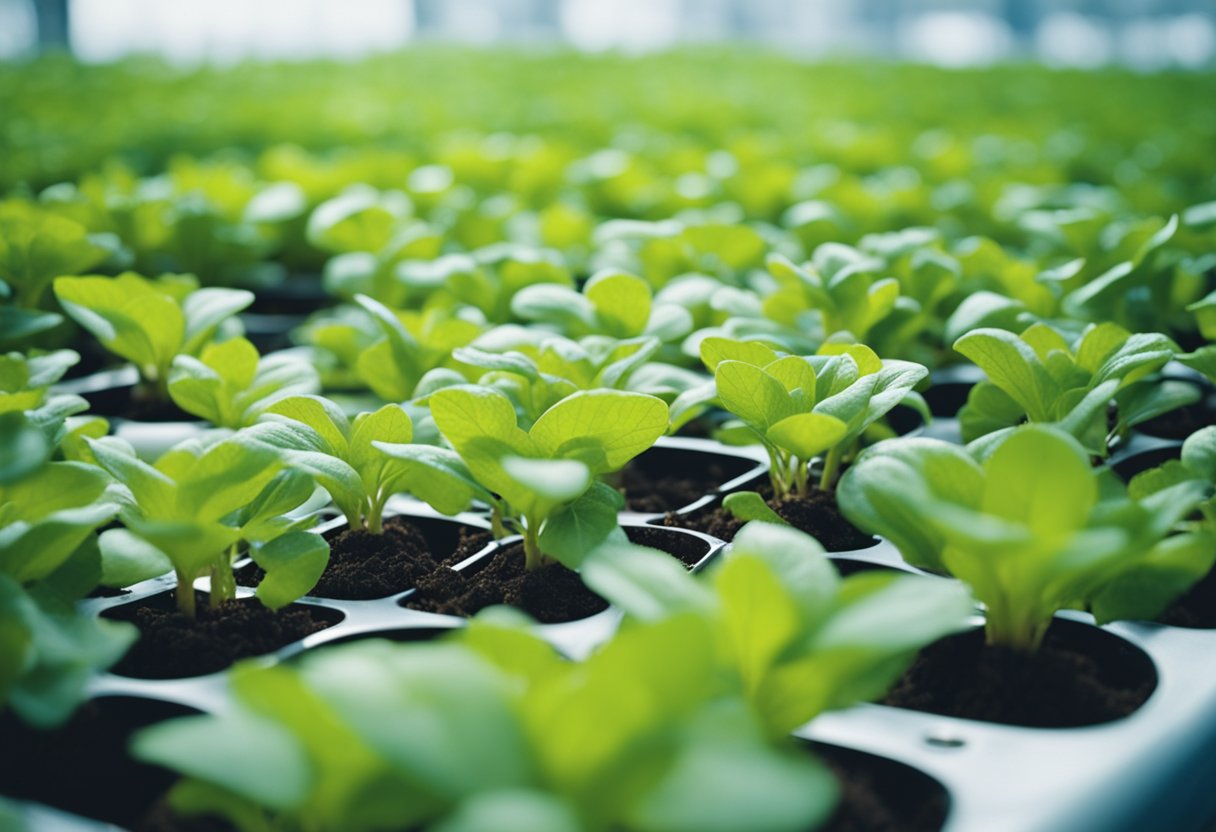
In the 1970s, we saw an exciting shift in hydroponics, bringing it from commercial greenhouses right into our homes. Small-scale hydroponic kits became widely available for hobbyists. These kits made it possible for anyone to grow plants without soil, right on their windowsills or in their back gardens.
One of the game-changers in this era was the popularisation of the Nutrient Film Technique (NFT). This method involved a thin film of nutrient-rich water flowing over roots of the plants, providing a constant supply of nutrients and oxygen. It was perfect for home gardeners wanting to grow fresh vegetables like lettuce and herbs.
Hydroponic gardening books also hit the shelves during the 1970s, feeding our curiosity. Titles like "Complete Guide to Soilless Gardening" by William Frederick Gericke became bestsellers. These books demystified the process, providing easy-to-follow steps and tips.
Another interesting development was the expansion of hydroponic techniques into greenhouse production. Modern hydroponics was becoming more sophisticated, with improved nutrient solutions and equipment. This allowed for consistent, year-round production of crops like tomato vines, even in colder climates.
Let's not forget the community aspect. Hydroponic clubs and workshops sprouted (pun intended), bringing enthusiasts together to share their successes and troubleshoot problems.
Who wouldn't want to bite into a juicy, home-grown tomato in the middle of winter? Hydroponics made that dream a reality for many of us in the 1970s, laying the foundation for the booming home gardening movement we enjoy today.
1980s - Technological Advancements
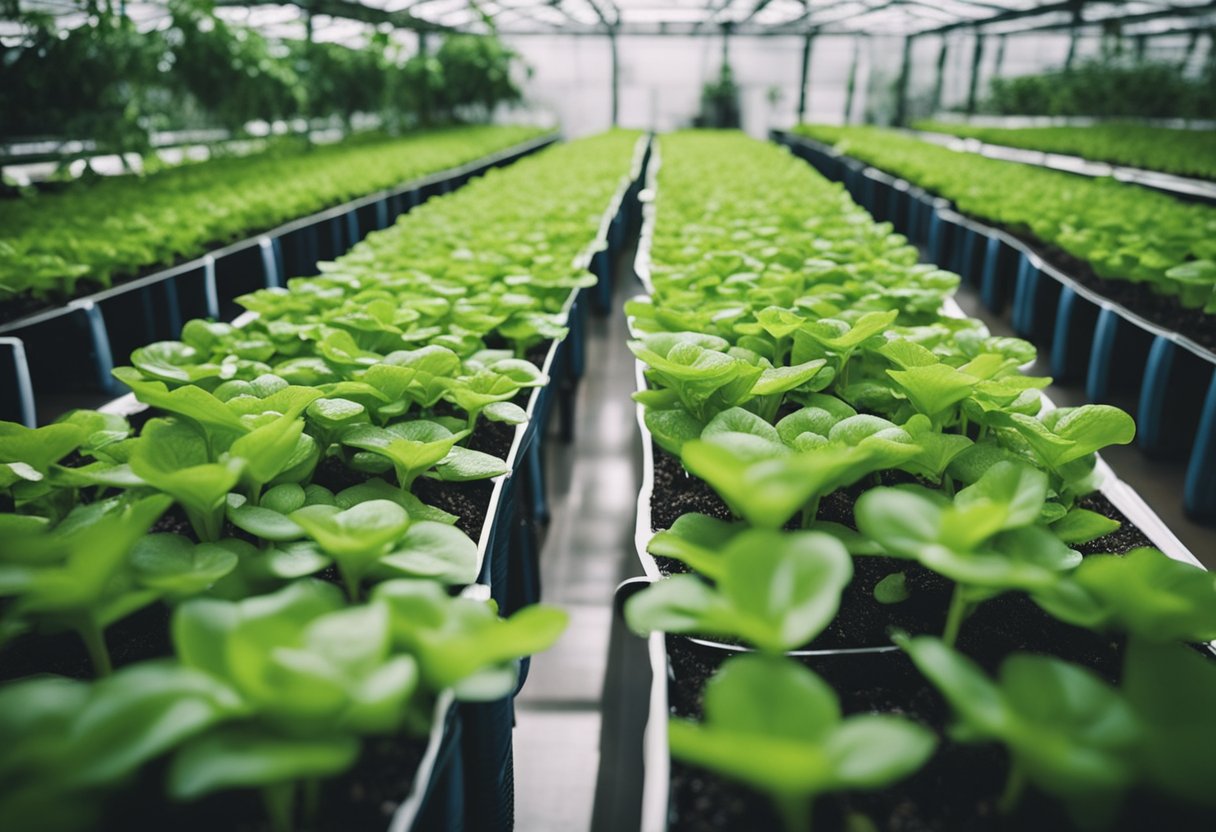
The 1980s were a game-changer for hydroponics. This decade saw the introduction of several groundbreaking technologies that transformed how we grow plants without soil. Let's dive into the exciting developments that defined this era.
Rockwool as a Growing Medium
One of the key innovations of the 1980s was the introduction of rockwool. This man-made growing medium, which is made from melted basalt rock, provided excellent water retention and aeration. Rockwool allowed growers to better control the root environment, leading to healthier and more productive plants.
Nutrient Delivery Systems
During this period, improvements in nutrient delivery systems were crucial. We saw the development of more precise methods that ensured plants received the right balance of nutrients. This led to optimised growth and increased yields.
One of the stars of this era was William Frederick Gericke, whose earlier work laid the groundwork for these advancements. By refining his techniques, we could perfect our systems further.
Aeroponics by Richard Stoner
Let's not forget Richard Stoner's contribution with the development of aeroponics. This technique involves suspending plants in the air and misting their roots with nutrient-rich water. It allows for exceptional growth rates due to higher oxygen levels at the root zone. Stoner's innovation brought a whole new dimension to soil-less cultivation.
pH Control
pH control also saw significant advancements. Maintaining optimal pH levels in the nutrient solution became easier with better measuring and adjusting tools. This consistency meant plants could absorb nutrients more effectively, reducing the risk of deficiencies and toxicities.
In a nutshell, the 1980s set the stage for modern hydroponics by combining improved mediums, refined nutrient delivery, innovative aeroponic systems, and precise pH control methods.
2000s - Global Adoption and Sustainability
The 2000s saw hydroponics truly going global. Large-scale commercial hydroponic farms popped up all over the world. You could say we were all going a bit green-thumbed, right? ???? These farms started to integrate hydroponics with urban agriculture, addressing the need for sustainable and space-efficient farming.
One of the coolest things during this time was the use of various hydroponic methods like Deep Water Culture, Nutrient Film Technique, and Aeroponics. Imagine plants growing with just their roots hanging in the air, receiving a fine mist of nutrients. That’s aeroponics for you!
We also had places like EPCOT’s Land Pavilion showcasing these methods to visitors. Talk about turning a theme park into an educational experience!
Key Milestones in the 2000s
- Introduction of sustainable practices: We saw a huge focus on sustainable and organic hydroponic practices. This was a conscious effort to reduce chemical inputs and conserve water.
- Urban integration: Hydroponics became a key part of urban agriculture initiatives. Rooftop gardens and vertical farming became trends in cities like London and New York.
- Market Growth: The global hydroponics market grew significantly, with countries like the Netherlands becoming leaders in greenhouse hydroponics.
Our journey also saw a nod to history. Let's not forget the Aztecs and their chinampas—floating gardens that could be seen as a precursor to modern hydroponics. We’ve come a long way since those days, but it’s fascinating to think about the ingenuity spanning centuries.
By now, the array of hydroponic options was making it accessible for everyone, from commercial growers to home gardeners. The future looked brighter and more sustainable than ever!
2010s - The Digital Revolution in Hydroponics
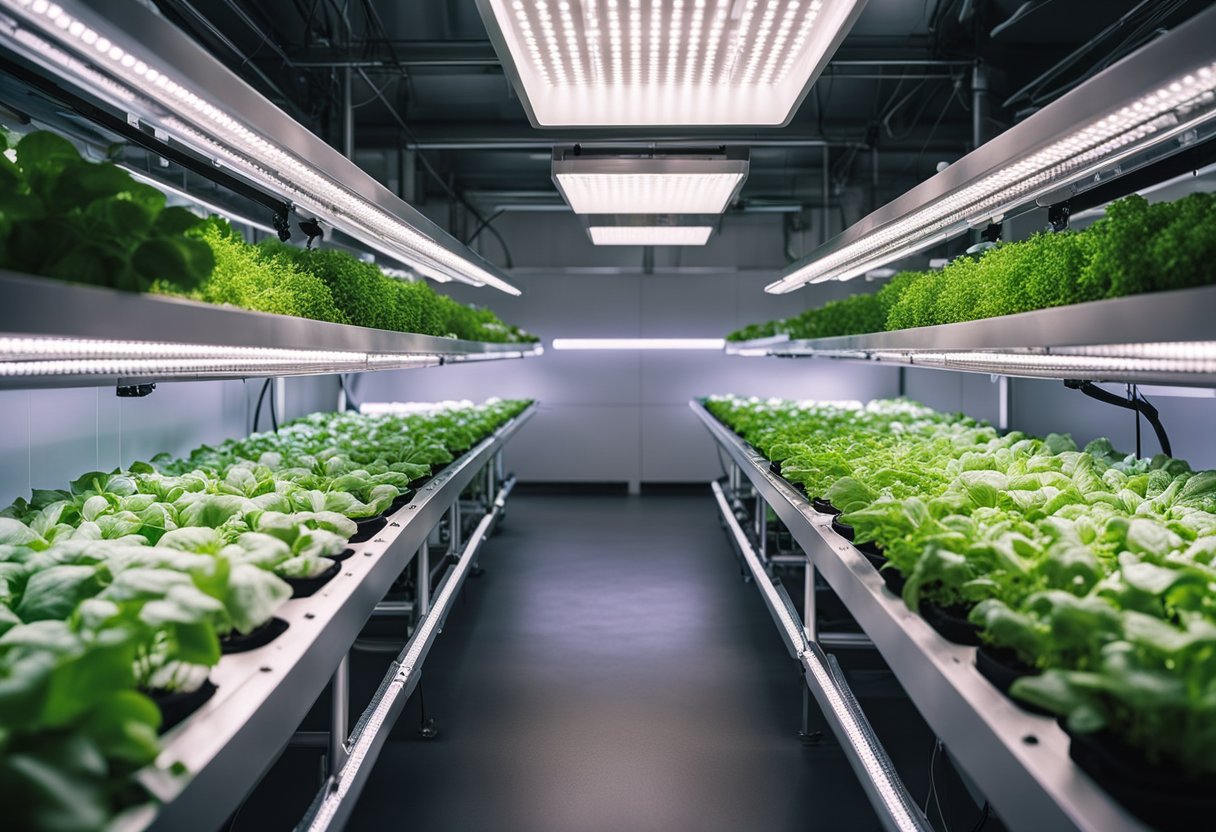
In the 2010s, we saw an explosion of technological advancements in hydroponics. It wasn't just about growing plants without soil anymore; it was about integrating cutting-edge technology to make the entire process smarter, more efficient, and incredibly precise.
Smart Hydroponic Systems and IoT Integration
Did you ever imagine your garden connected to the internet? With the rise of the Internet of Things (IoT), we could now monitor and manage our hydroponic systems remotely. Smart sensors could track everything from nutrient levels to humidity, sending real-time data straight to our smartphones.
AI and Machine Learning in Hydroponic Management
Artificial Intelligence (AI) and machine learning took things a step further. By analysing vast amounts of data, these technologies could predict the best growing conditions for each plant. Imagine a system that 'learns' and adapts to provide optimal conditions, maximising yields with minimal effort from us.
Vertical Farming and Indoor Agriculture Advancements
Vertical farming became a buzzword during this era. Stacking hydroponic systems vertically allowed us to maximise space, especially in urban areas. This was a game-changer; think of skyscrapers turned into greenhouses! Plus, indoor farming advancements meant year-round cultivation without worrying about pesky weather conditions.
So, the 2010s turned hydroponics into a futuristic practice, blending traditional growing with high-tech solutions. Not bad for a method that traces its roots to ancient Babylon, right?
Modern Hydroponics
In the ever-evolving world of agriculture, hydroponics has shown impressive growth and innovation. Gone are the days when it was merely an experimental gardening method.
Current State of the Industry
The hydroponics industry is booming. Market estimates suggest it could reach a value of $16 billion by 2025. That's quite a leap, isn't it? Major players like AeroFarms, BrightFarms, and Freight Farms are leading the charge.
Emerging Trends and Technologies
We see fascinating advancements daily. Automated systems allow us to control everything from nutrient delivery to light schedules. Have you heard about aeroponics? It's where plant roots hang in the air and get misted with nutrients.
Challenges and Opportunities
Sustainability is both a challenge and an opportunity. Our systems need to be energy-efficient. Urban farming offers a fantastic way to combat food insecurity. Plus, integrating hydroponics with traditional agriculture could revolutionise how we grow food.
Here's a quick look at what we're dealing with:
| Challenge | Opportunity |
|---|---|
| Energy Efficiency | Sustainable technology adoption |
| Urban Space | Localised food production |
| Traditional Methods | Hybrid agriculture techniques |
Addressing these challenges head-on will be key to future success.
Integration with Traditional Agriculture
Combining hydroponics with traditional farming techniques can lead to hybrid systems. This integration can maximise crop yields and improve resource use. It's like getting the best of both worlds, really.
Who wouldn't want to cultivate crops in such an advanced and sustainable way?
Conclusion
In the grand tapestry of human innovation, hydroponics stands out as an ingenious solution for agriculture.
Did you know the Hanging Gardens of Babylon and Floating Gardens of China were among the earliest hydroponics systems?
Fast forward to the 16th century, Belgian scientist Jan van Helmont recorded early studies, noting that water could deliver nutrients to plants.
Key milestones in hydroponics' history include:
- The Hanging Gardens of Babylon
- The work of Jan van Helmont in the 16th century
- John Woodward's creation of a hydroponic nutrient solution in 1699
- Dr. Franco Massantini's development of aeroponics in the 20th century
Now, let’s talk about the future of hydroponics in agriculture. As urbanisation continues, space for traditional farming becomes limited. Hydroponic methods offer a way to grow crops in urban settings, potentially even in our homes. They also allow us to grow food in areas with poor soil quality or limited water.
It's not just about space, though. With the right technology, hydroponics can grow plants faster and healthier than traditional soil methods. Imagine fresh strawberries in the middle of winter or lush green lettuce grown in a desert!
For us to keep making strides, continued research and innovation are crucial. Whether it’s discovering new nutrient solutions or developing more efficient systems, each breakthrough brings us closer to a sustainable future.
So, let’s roll up our sleeves and get growing! Whether you’re a seasoned gardener or just starting, there’s a place for you in the exciting world of hydroponics.







 Store Locator
Store Locator
